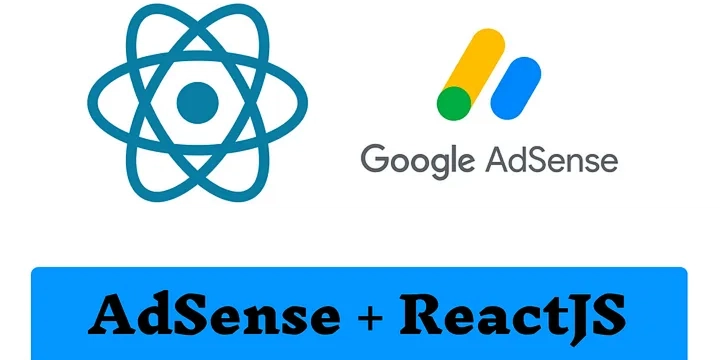Web Communication Series: Understanding Short Polling with a Simple Node.js Example
When developers think about keeping the UI in sync with server-side changes, the knee-jerk solution is often WebSockets. And it makes sense — WebSockets offer a full-duplex connection, enabling real-time, bidirectional communication between client and server. But here’s the catch: Not every application needs that level of complexity. In many cases, especially when the data flows in just one direction (Server ➝ Client) — like a dashboard that fetches new stats or a feed that updates periodically — setting up WebSockets can be: Overkill Harder to scale Unnecessarily complex That’s where simpler, more tailored techniques come into play — short polling, long polling, Server-Sent Events (SSE), and more. These alternatives can be easier to implement, lightweight, and often more cost-effective when the use case doesn’t demand bi-directional messaging.
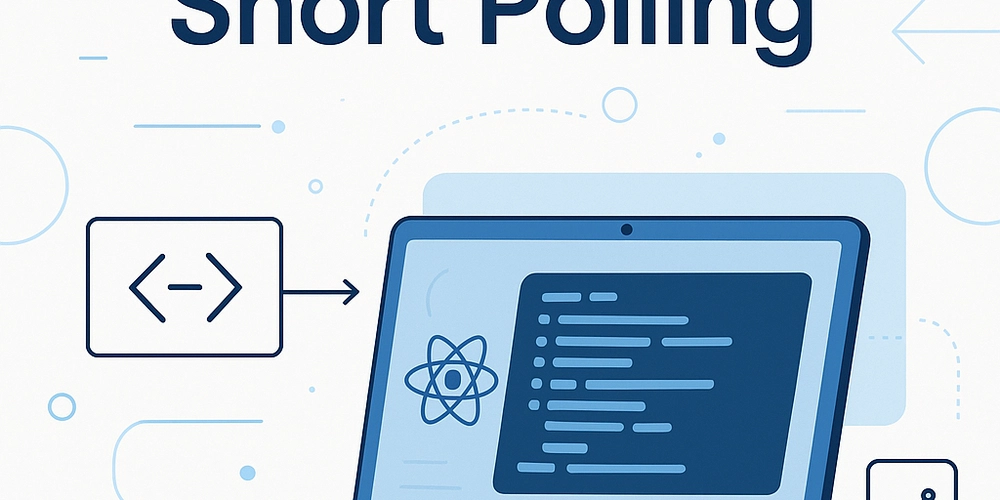
When developers think about keeping the UI in sync with server-side changes, the knee-jerk solution is often WebSockets.
And it makes sense — WebSockets offer a full-duplex connection, enabling real-time, bidirectional communication between client and server.
But here’s the catch:
Not every application needs that level of complexity.
In many cases, especially when the data flows in just one direction (Server ➝ Client) — like a dashboard that fetches new stats or a feed that updates periodically — setting up WebSockets can be:
- Overkill
- Harder to scale
- Unnecessarily complex
That’s where simpler, more tailored techniques come into play — short polling, long polling, Server-Sent Events (SSE), and more.
These alternatives can be easier to implement, lightweight, and often more cost-effective when the use case doesn’t demand bi-directional messaging.





































































































































































![[The AI Show Episode 145]: OpenAI Releases o3 and o4-mini, AI Is Causing “Quiet Layoffs,” Executive Order on Youth AI Education & GPT-4o’s Controversial Update](https://www.marketingaiinstitute.com/hubfs/ep%20145%20cover.png)











































































































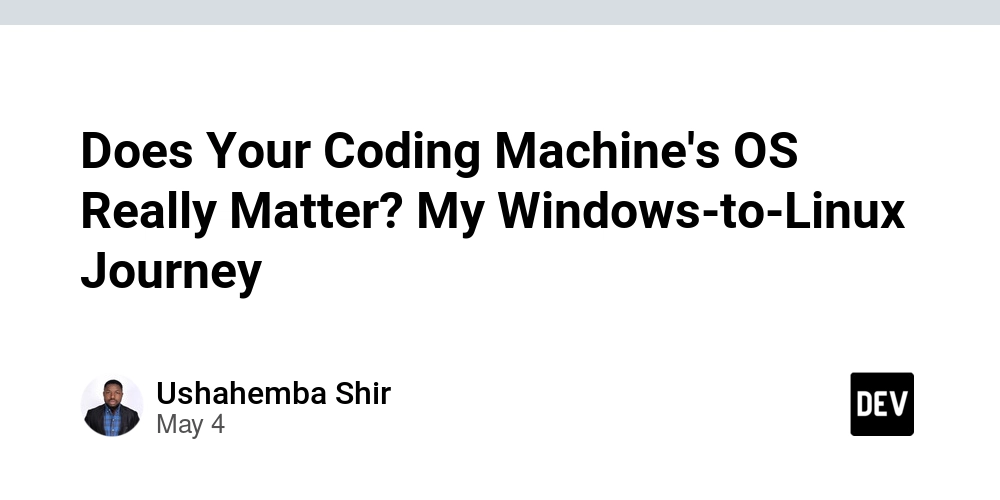
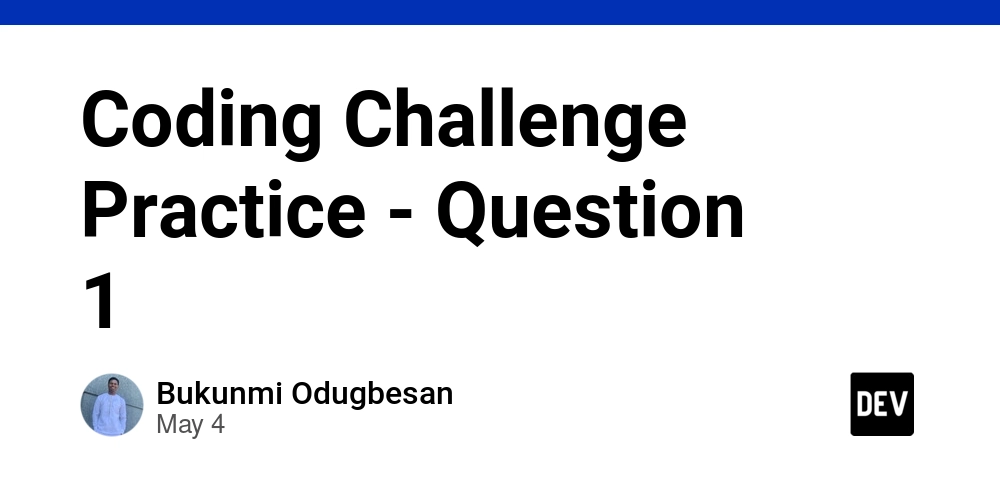
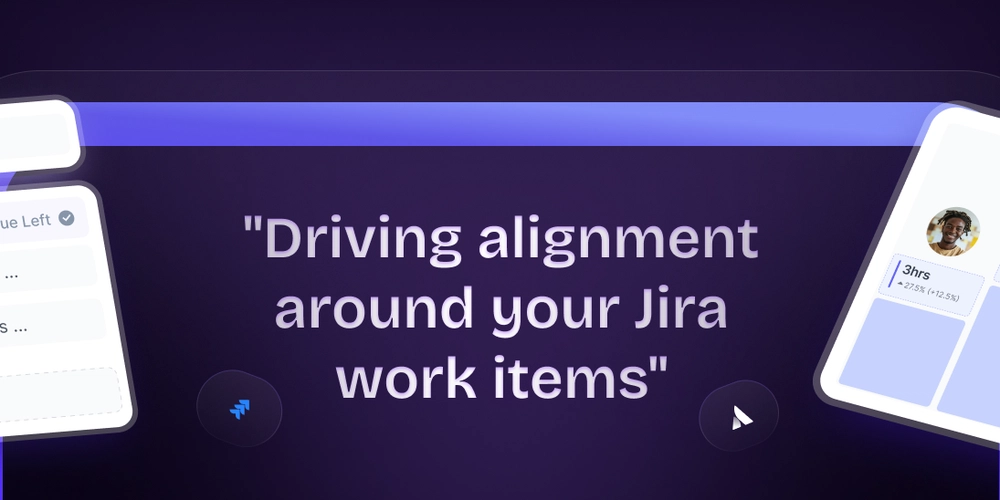














![[DEALS] Microsoft 365: 1-Year Subscription (Family/Up to 6 Users) (23% off) & Other Deals Up To 98% Off – Offers End Soon!](https://www.javacodegeeks.com/wp-content/uploads/2012/12/jcg-logo.jpg)




![From Art School Drop-out to Microsoft Engineer with Shashi Lo [Podcast #170]](https://cdn.hashnode.com/res/hashnode/image/upload/v1746203291209/439bf16b-c820-4fe8-b69e-94d80533b2df.png?#)




















![Re-designing a Git/development workflow with best practices [closed]](https://i.postimg.cc/tRvBYcrt/branching-example.jpg)




















































































(1).jpg?#)

















![The Material 3 Expressive redesign of Google Clock leaks out [Gallery]](https://i0.wp.com/9to5google.com/wp-content/uploads/sites/4/2024/03/Google-Clock-v2.jpg?resize=1200%2C628&quality=82&strip=all&ssl=1)












_Inge_Johnsson-Alamy.jpg?width=1280&auto=webp&quality=80&disable=upscale#)






































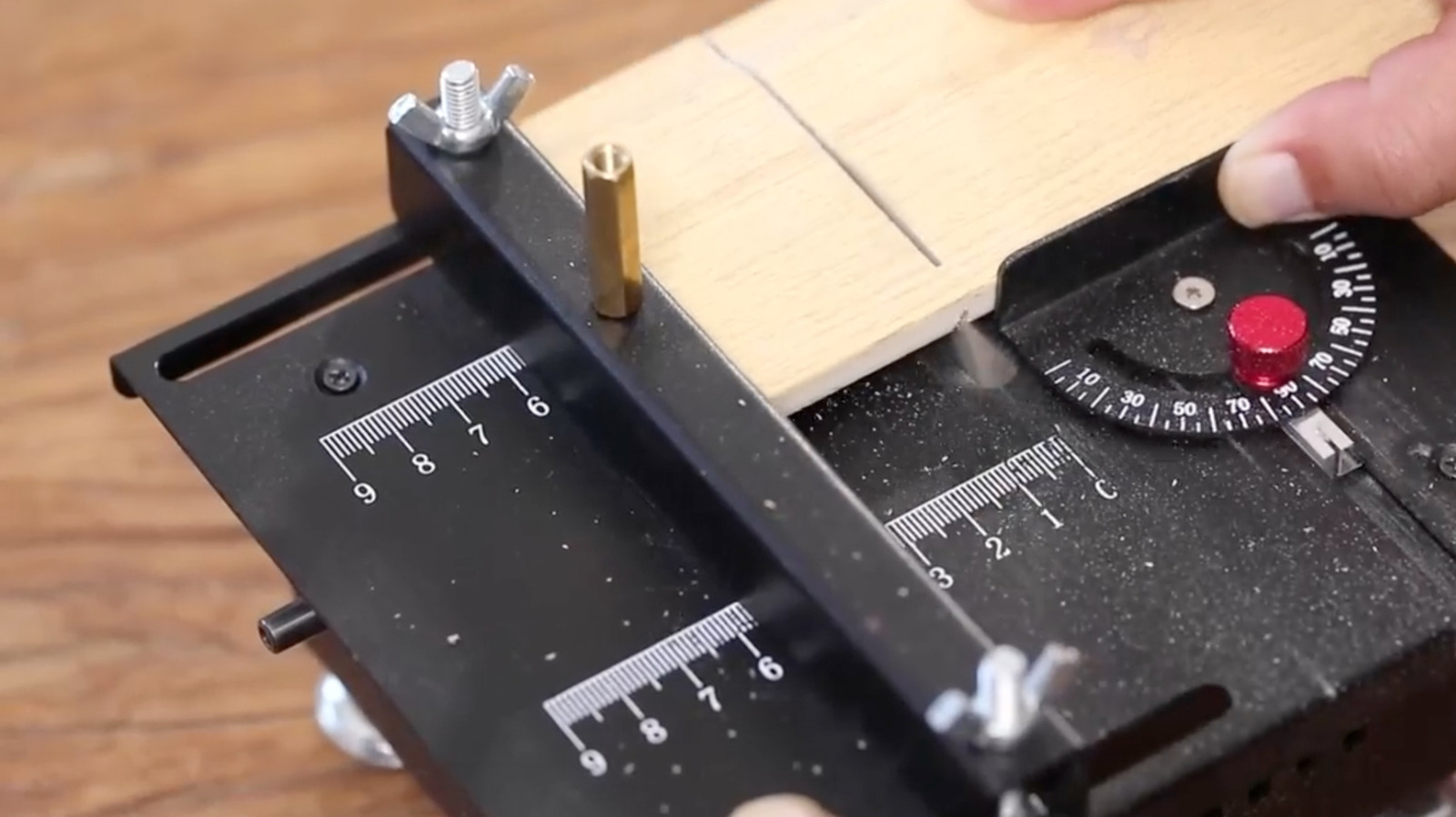

























































![What Google Messages features are rolling out [May 2025]](https://i0.wp.com/9to5google.com/wp-content/uploads/sites/4/2023/12/google-messages-name-cover.png?resize=1200%2C628&quality=82&strip=all&ssl=1)














![New Apple iPad mini 7 On Sale for $399! [Lowest Price Ever]](https://www.iclarified.com/images/news/96096/96096/96096-640.jpg)
![Apple to Split iPhone Launches Across Fall and Spring in Major Shakeup [Report]](https://www.iclarified.com/images/news/97211/97211/97211-640.jpg)
![Apple to Move Camera to Top Left, Hide Face ID Under Display in iPhone 18 Pro Redesign [Report]](https://www.iclarified.com/images/news/97212/97212/97212-640.jpg)
![Apple Developing Battery Case for iPhone 17 Air Amid Battery Life Concerns [Report]](https://www.iclarified.com/images/news/97208/97208/97208-640.jpg)
































































































